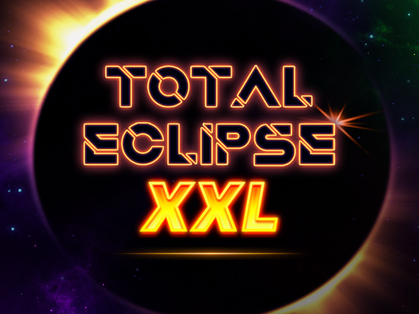There are countless Pick 4
Braking News
-
 How to Install a 240 Volt Level II
How to Install a 240 Volt Level II
-
 Keberuntungan, Matematika, dan Lotere – Pilih 3 Rahasia
Keberuntungan, Matematika, dan Lotere – Pilih 3 Rahasia
-
 Digital Pain Solutions- Navigating Online Medicine Courses
Digital Pain Solutions- Navigating Online Medicine Courses
-
 Cara Menghasilkan Pendapatan Di Puppy Track Tanpa Perjudian
Cara Menghasilkan Pendapatan Di Puppy Track Tanpa Perjudian
-
 Mesin Slot Terbaik yang Pernah Ada_1
Mesin Slot Terbaik yang Pernah Ada_1
-
 Memanfaatkan Perangkat Lunak Lotere Untuk Kemenangan yang Lebih
Memanfaatkan Perangkat Lunak Lotere Untuk Kemenangan yang Lebih
-
 Ammunition Boxes – Protection and Adequate Storage for
Ammunition Boxes – Protection and Adequate Storage for
-
 10 Cara Untuk Meningkatkan Penjualan Lotere_1
10 Cara Untuk Meningkatkan Penjualan Lotere_1
-
 Xzotto Review – Online Lottery Pool & Lotto
Xzotto Review – Online Lottery Pool & Lotto
-
 Wyoming legislators fail to pass online sportsbetting bill
Wyoming legislators fail to pass online sportsbetting bill
-
 Wazdan further establishes presence in Italian iGaming market
Wazdan further establishes presence in Italian iGaming market
-
 Ways to get a sound No cost Sports
Ways to get a sound No cost Sports
-
 Relax Gaming debuts in Spain regulated market via
Relax Gaming debuts in Spain regulated market via
-
 Relax Gaming agrees new Powered By content deal
Relax Gaming agrees new Powered By content deal
-
 Atari online platform ready for social gaming market
Atari online platform ready for social gaming market
-
 Lottery Reduction Secrets- Three Important Facts About Online
Lottery Reduction Secrets- Three Important Facts About Online
-
 Here Is Online Gambling
Here Is Online Gambling
-
 Mega888APK- Your Key to Casino Riches
Mega888APK- Your Key to Casino Riches
-
 Big Time Gaming Releases Max Megaways™ Sequel on
Big Time Gaming Releases Max Megaways™ Sequel on
-
 Inspired Gaming Group to be purchased by Hydra
Inspired Gaming Group to be purchased by Hydra
-
 Kenyamanan Kasino Online Inggris
Kenyamanan Kasino Online Inggris
-
 Mesin Slot Game Khusus
Mesin Slot Game Khusus
-
 Advantages of Video Slot Machines With Bonus Games
Advantages of Video Slot Machines With Bonus Games
-
 Kasino Perjudian Yang Sangat Baik Secara Singkat_1
Kasino Perjudian Yang Sangat Baik Secara Singkat_1
-
 집에서 텍사스 홀드 엠 파티 주최
집에서 텍사스 홀드 엠 파티 주최
-
 Step by step instructions to Stare at the
Step by step instructions to Stare at the
-
 The Basics of Medical Marijuana
The Basics of Medical Marijuana
-
 Tennis Betting Tips – Why Tennis Is The
Tennis Betting Tips – Why Tennis Is The
-
 Immigration Lawyer
Immigration Lawyer
-
 The Best Option In Paying For Digital Photo
The Best Option In Paying For Digital Photo

Recent Post

Wyoming legislators fail to pass online sportsbetting bill
In the western American state

Wazdan further establishes presence in Italian iGaming market via Betsson Group online casino brand StarCasino
Further establishing its presence in

Ways to get a sound No cost Sports activities Wager On-line
Right before we can go

Relax Gaming agrees new Powered By content deal with Skywind Group
In its second such deal

Atari online platform ready for social gaming market
iGaming Business – Video game
Most Liked









